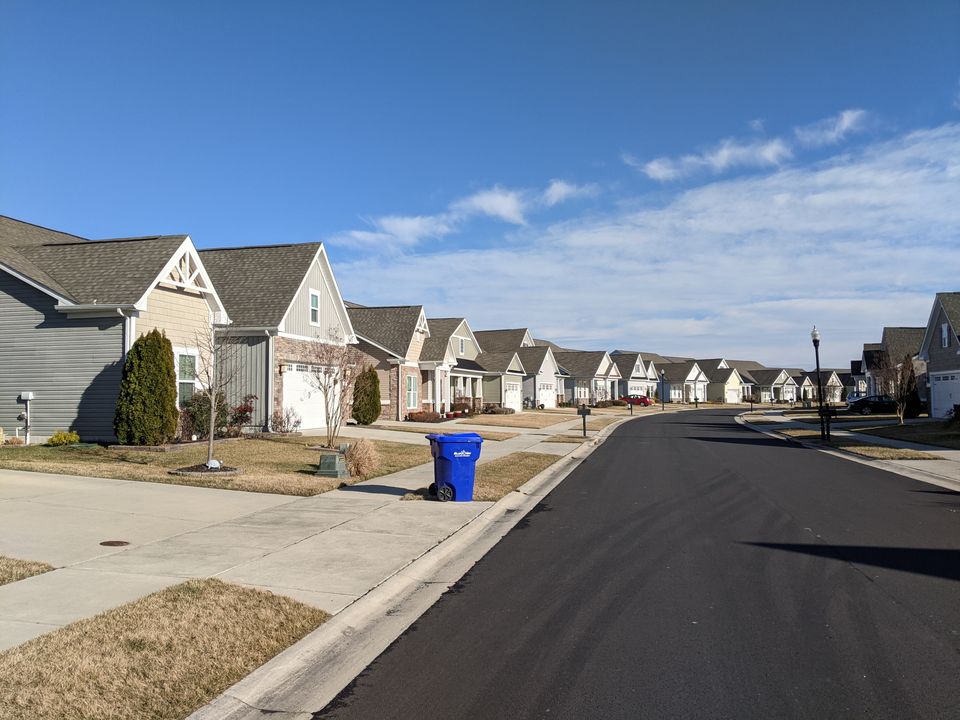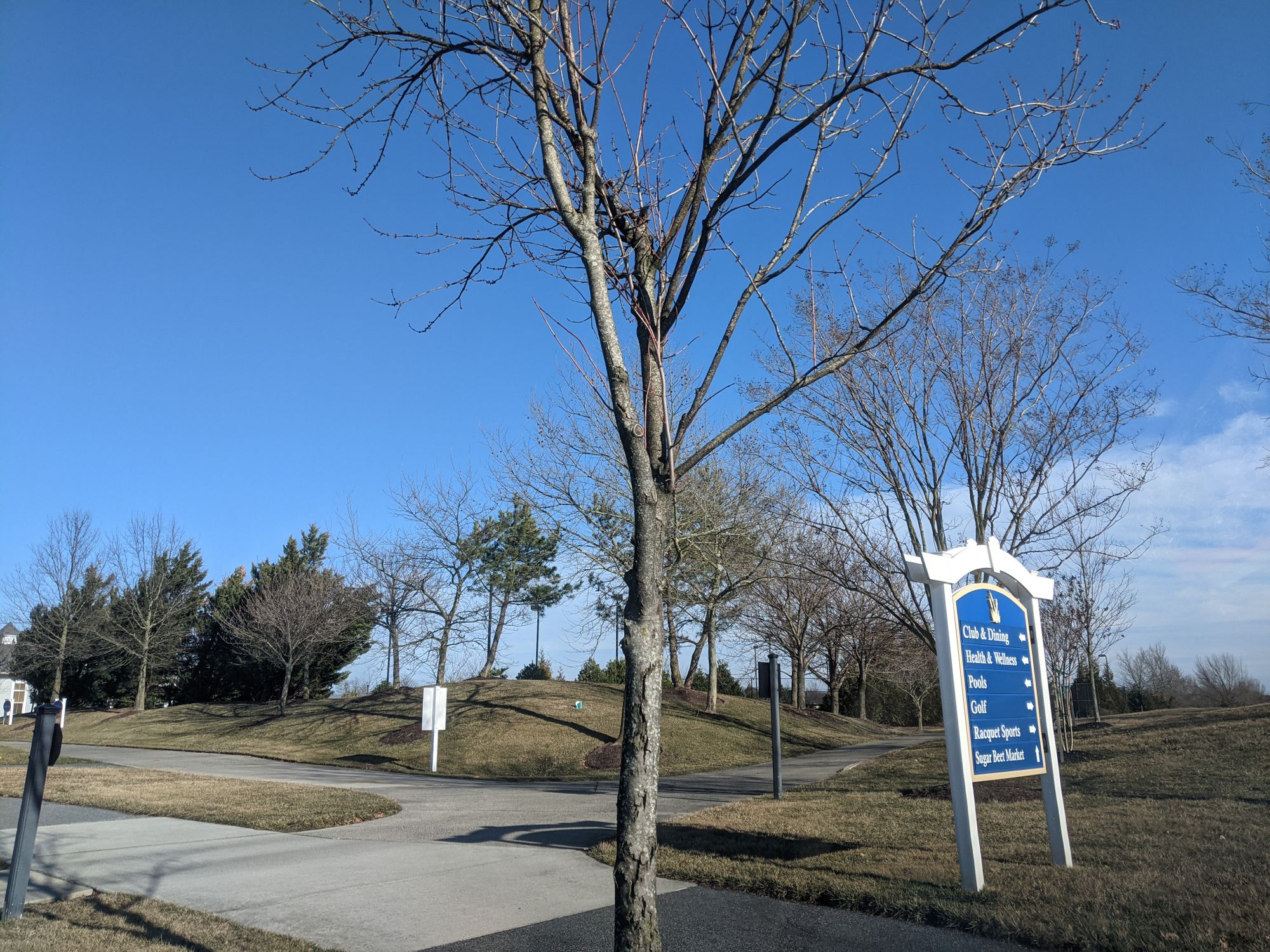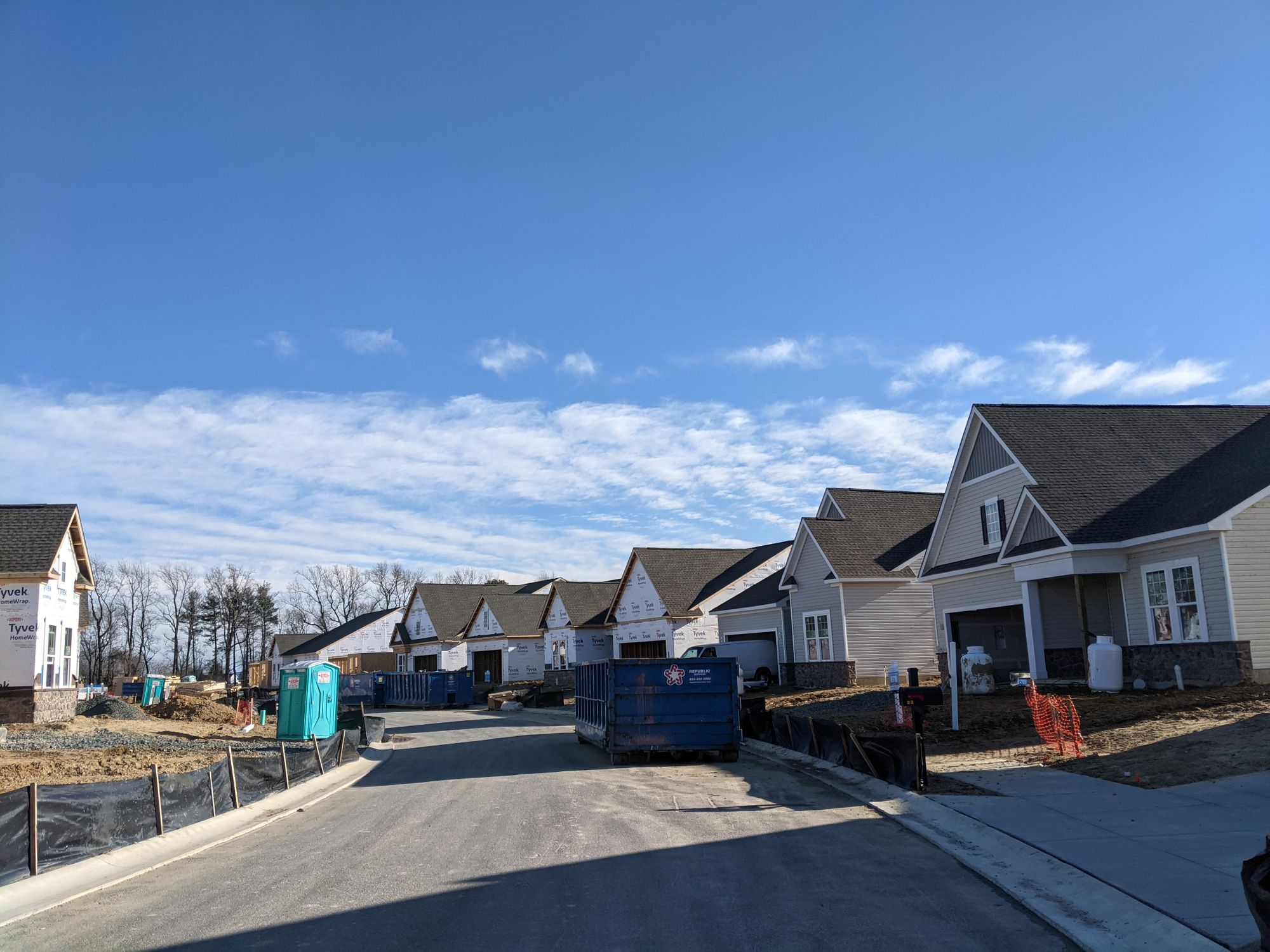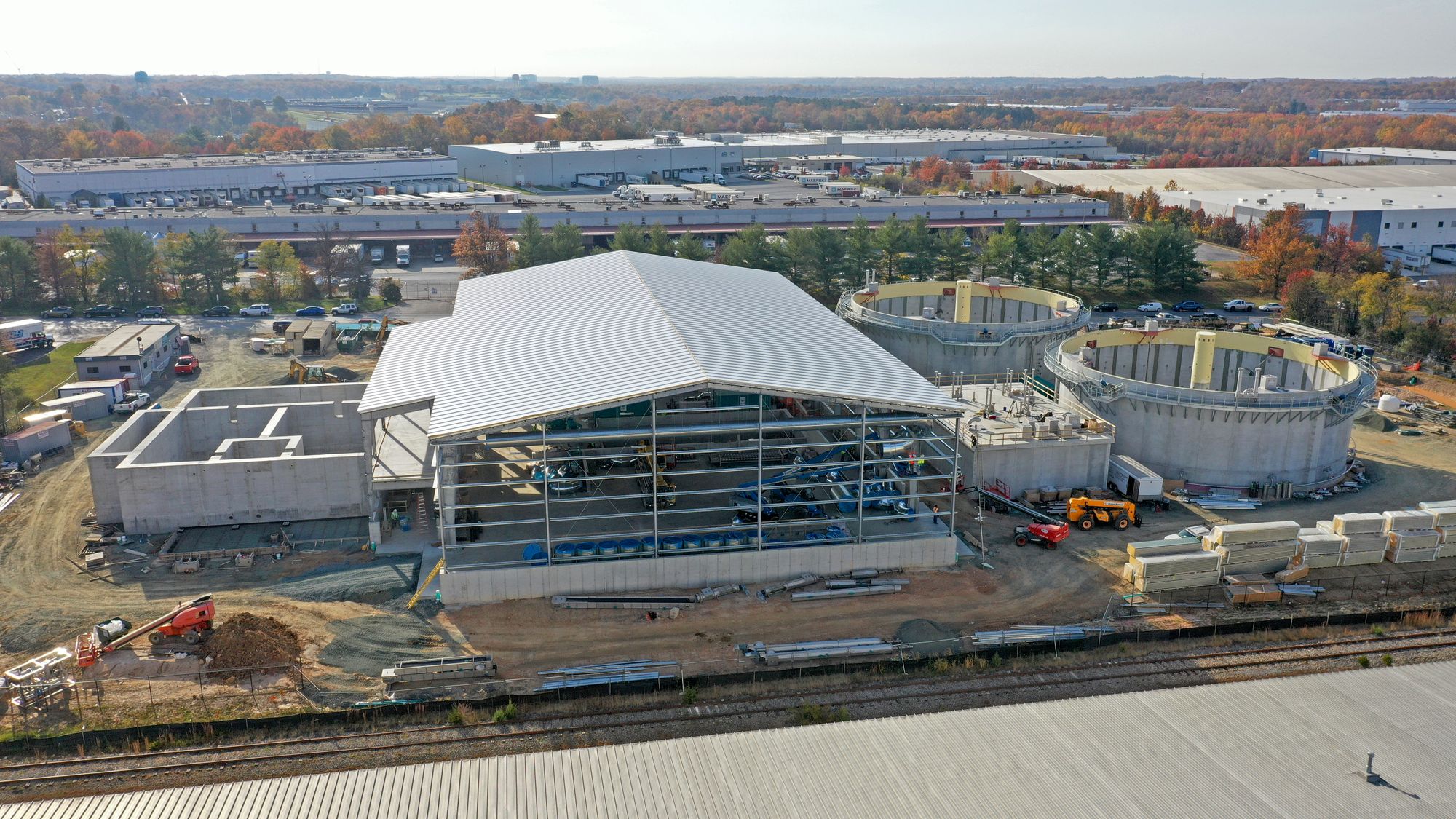A rapidly-growing Bridgeville could see significant changes to voting districts

Heritage Shores, the development on the south side of Bridgeville that’s responsible for most of the town’s population growth in recent decades, will likely pick up an extra voting district as the town goes through the redistricting process in the coming months.
The former farmland now features row upon row of homes, with a clubhouse, golf course, market and more.
Bridgeville does its redistricting after each Census, so the last time around was in 2011. At that time, Heritage Shores’ representative on the Commission, Lawrence Tassone, criticized the Commission for adopting a district map that differed from the recommendation of its redistricting committee and kept the entire population of Heritage Shores in one district, meeting minutes from the time show. That map made District 2, encompassing all of Heritage Shores, larger than the other districts.
Tassone’s take was that the move was about “containment” of the Heritage Shores population, a division he lamented.
The reasoning given for the rest of the Commission’s decision was that keeping Heritage Shores in one district better reflected the goals of redistricting, which in addition to population also considers factors like keeping communities of like interest together.
The settlement that eventually became Bridgeville was founded in 1730, according to Delaware Public Archives. It remained a relatively small community for hundreds of years. Bridgeville had about 1,400 residents in 2000, according to the town's 2018 comprehensive plan. Heritage Shores got underway in the mid-2000s, and the town’s size has shot up since. Bridgeville’s population is up to a little over 2,500 per the latest Census and that’s largely because of the 55 and over development.

The town did not have districts in the past, with Commission members serving at large. But about 15 years ago it established five districts that are to be reworked after every Census.
While the 2011 Commission considered a map that would have moved a number of Heritage Shores’ District 2 voters to another district, its population at the time was far from enough to make up two whole districts. The redistricting committee had settled on a map that peeled away about 39 people, leaving the bulk of the development in one district.
Heritage Shores had about 446 residents in the 2010 Census tally, and the target population for perfectly even districts was 395. The goal was to stay within 5 percent of that number, with a maximum of 415. However, other goals the town considered included keeping districts compact, retaining neighborhood boundaries, considering community interests and old district boundaries, and not moving districts out from under their sitting commissioners.
While Heritage Shores has been growing steadily over the years, the town bases the districts off the Census numbers, not projected growth. In 2011 that meant District 2 was likely to grow far beyond the other districts before the next shuffle.
That did in fact happen. This time around, Heritage Shores more than doubled to about 1,077 at the Census. That means most of the town’s growth since the last Census has been in that development, and District 2 now has a little over 40 percent of the town’s population.

Based on the Census data, the total Bridgeville population now is at 2,566, according to the University of Delaware’s John Laznik, who works for the Center for Applied Demography and Survey Research. Laznik, at Bridgeville’s request, helps analyze the population figures and come up with suggested districts based on the numbers.
Laznik gave the Bridgeville Commission his preliminary findings on Monday night as they started the new process.
Five perfectly balanced districts would have about 514 residents each, which means Heritage Shores’ population neatly accounts for about two districts. The rest of the town would make up the other three districts, although how that will shake out remains to be seen.
Laznik also helped out last time around in 2011.
He is careful to state that he is is simply looking at the data and making it work according to the town’s specifications, and his role is not political. He is the map expert who shuffles the population numbers around to try to make districts that are balanced and make sense geographically. The town Commission has the final say.
“For me, it’s all about the data,” he told me.
In 2011, the commissioners did have some disagreements over how to best use that data, per the meeting minutes. At the special meeting where they considered the new map, then-Commissioner Steve McCarron raised objections to the idea of splitting off part of Heritage Shores.
He argued that the proposed map did an excellent job of balancing district size and keeping incumbents in their districts, but ignored other considerations like retaining neighborhood boundaries and community interests, hewing to old district boundaries or keeping districts compact. Under the original plan, the 39 Heritage Shores residents would have been separated from the rest of their district by a large area of open space and parts of a golf course.
The residents in question would have become part of McCarron’s District 5.
Commissioners ended up settling on a new map that put all the residents of Heritage Shores back in one district. A number of Heritage Shores residents were at the meeting when the 2011 map was adopted, most seeming to back the idea of splitting the development. In public comment some of them expressed concerns about Heritage Shores being underrepresented.
When the final vote on the map took place, Tassone, the representative for Heritage Shores, was the lone no vote. He read a statement into the record, saying commissioners had cavalierly dismissed the work of the redistricting committee and “then assumed the committee’s role and proceeded to perform a work of gerrymandering.” He argued that the most important considerations should have been balancing population and voter representation, and said the new map amounted to “containment.”
Tassone, who according to his obituary ended up representing District 2 for nine years total, died in 2019.
None of the current commissioners was serving in 2011.
This time around, commissioners have not yet settled on the exact details of how it will work. The most recent town meeting was just the beginning of the process.
Town Manager Bethany DeBussy said in an email that a redistricting committee isn’t required, but the Commission would likely discuss it at the next workshop and there will probably be a committee of some kind. The goal is to have the process done by July.
In any case, there will be a public hearing. Town solicitor Dennis Schrader said Monday that an ordinance would be drafted based on Laznik’s work.
“Primarily, I think we’re looking at the population equality and the compact districts being the area where we will be spending the most time,” he said.
More stories:



